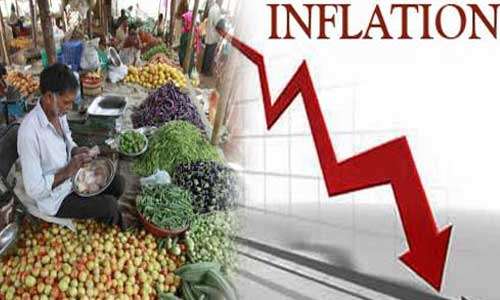Ghana’s Inflation rate has dropped significantly from 9.4 percent recorded last December to 9 percent for the month of January this year.
This is based on latest figures released by the Statistical Service of the West African country. The figure according to the Service is the lowest figure recorded since January 2013.
Acting Government Statistician David Kombat told journalist on Wednesday that the drop is as a result of a reduction in some food and non-food commodities under the period.
Inflation seeks to measure the rate of change in the general price level of goods and services over a period of time.
He says. “the non-food group recorded a year on year inflation rate of 9.5 per cent in January 2019, compared to the 9.8 per cent recorded for December 2018.”
Mr Kombat revealed that “the main price drivers for the non-food inflation rate were, transport (13.4 per cent), clothing and footwear (12.8 per cent) and Recreation and Culture (12.7 per cent)”.
Meanwhile four regions namely Upper West, Bono Ahafo, Western and Ashanti regions recorded inflation rates above the national average of 9 per cent.
The Upper West region recorded the highest year-on-year inflation rate of 10.8%, followed by Bono Ahafo region (9.9%), while the Upper East region recorded the lowest year-on-year inflation rate (7.7%) in January 2019.
Ghana failed to meet its inflation target of 8 percent for 2018 after recording a rate of 9.4 percent for December last year.
Source: Africafeeds.com



